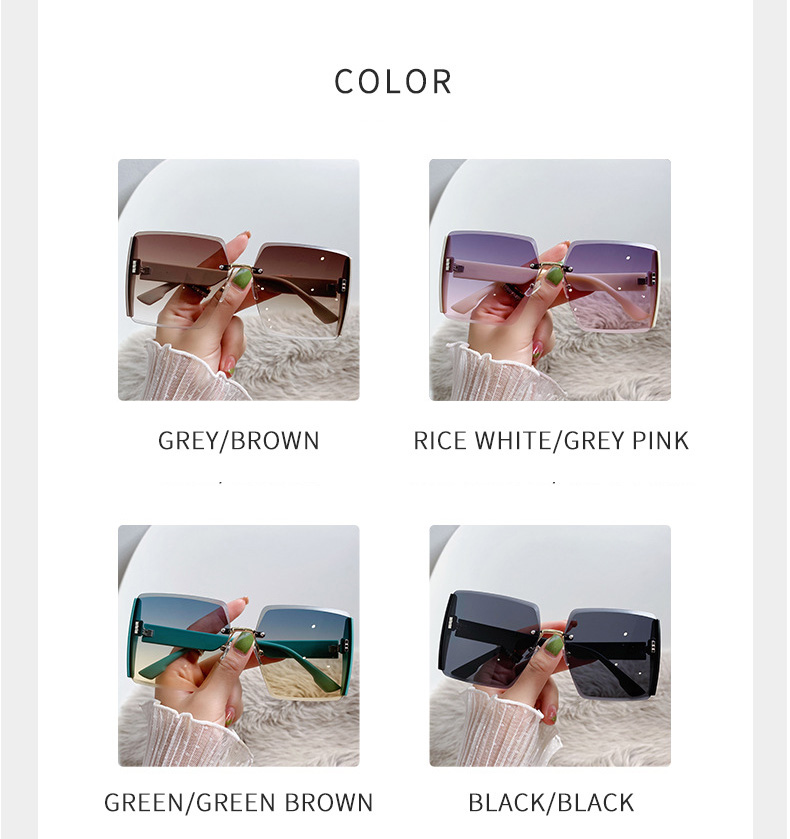The main effects and functions of different types of sun mirrors
Different sunglasses have various effects, primarily designed to cater to different needs and environmental conditions. Here are some of the key effects and features associated with different types of sunglasses:
UV Protection: Almost all sunglasses provide ultraviolet (UV) protection. This effect is crucial for shielding your eyes from harmful UV rays, which can lead to eye damage and increase the risk of conditions like cataracts and macular degeneration. UV protection is a fundamental feature of sunglasses.
Polarized Lenses: Polarized sunglasses are designed to reduce or eliminate glare caused by reflections from surfaces like water, roads, and shiny objects. They are particularly useful for activities like driving, fishing, and outdoor sports, providing a clearer and more comfortable vision.
Lens Color: The color of the lenses can impact your visual experience:
Gray Lenses: These lenses typically do not alter colors and offer true color perception. They are suitable for everyday use.
Brown/Amber Lenses: These lenses enhance contrast and are ideal for driving and outdoor activities.
Green Lenses: Green lenses provide good contrast and color perception, suitable for various conditions.
Yellow/Orange Lenses: These lenses enhance clarity and are effective in foggy or low-light conditions.
Lens Material: The material of the lenses can affect weight, scratch resistance, and price:
Glass Lenses: Glass lenses offer excellent optical quality but are heavier and more prone to breakage.
Plastic Lenses: Plastic lenses are lightweight and less likely to shatter but may be more susceptible to scratches.
Lens Coatings: Some sunglasses have special coatings, such as anti-reflective coatings and scratch-resistant coatings, which enhance comfort and durability.
Specialized Lenses: Sunglasses are designed for specific purposes, including:
Night Driving Glasses: These glasses reduce glare from headlights and streetlights, improving night driving visibility.
Sport Sunglasses: Designed for various sports, they often feature wraparound designs, impact resistance, and ventilation.
Gradient Lenses: Gradient lenses are darker at the top and gradually lighten toward the bottom, providing sun protection while allowing you to see clearly below.
Photochromic Lenses: These lenses automatically adjust their tint based on the level of UV radiation, becoming darker in bright sunlight and lighter indoors. They are convenient for people who frequently transition between indoor and outdoor environments.
Mirrored Lenses: Mirrored sunglasses have a reflective coating that reduces the amount of light entering your eyes. They are popular for their stylish appearance and added glare reduction.
Prescription Sunglasses: If you require corrective lenses, prescription sunglasses are available with your prescription built into the lenses, allowing you to enjoy both vision correction and sun protection.
In summary, the choice of sunglasses should align with your specific activities, environment, and personal preferences. Ensuring your sunglasses provide adequate UV protection is essential for eye health. When purchasing sunglasses, it's advisable to consult with a professional optician or eye doctor to receive recommendations that best suit your needs.
